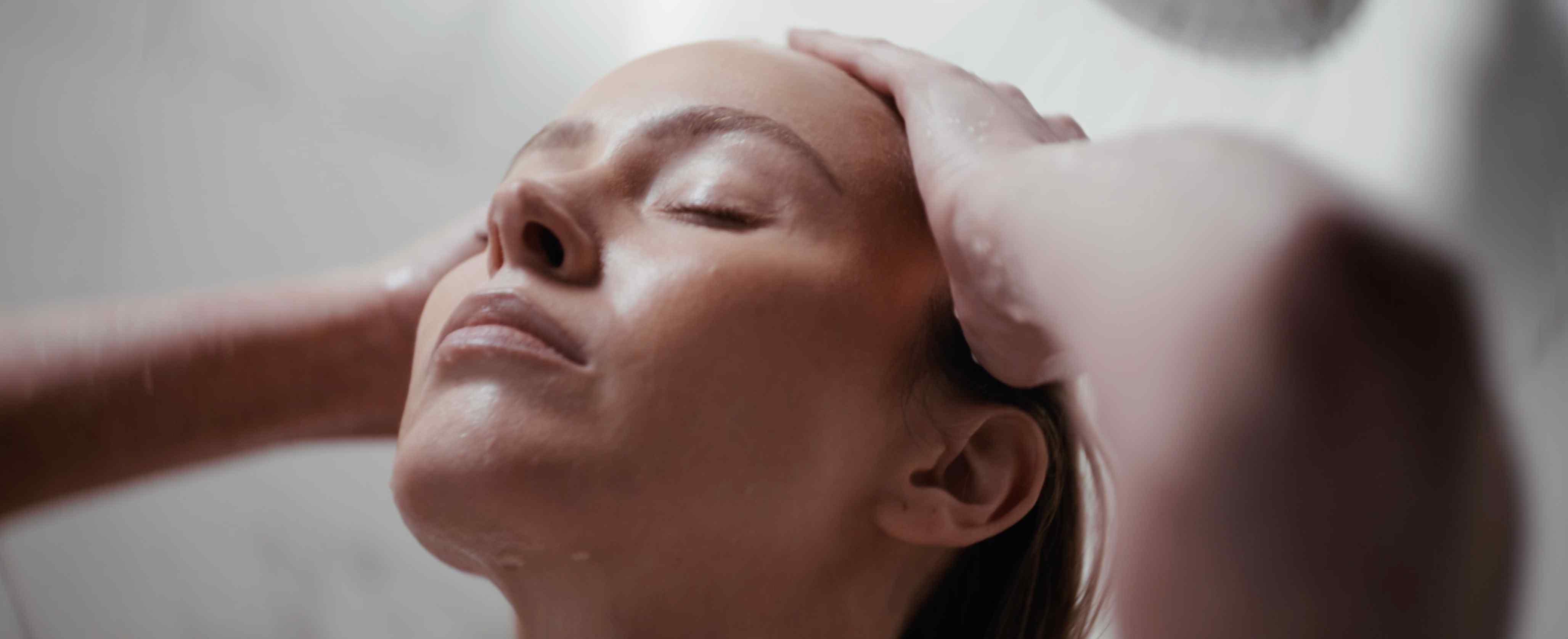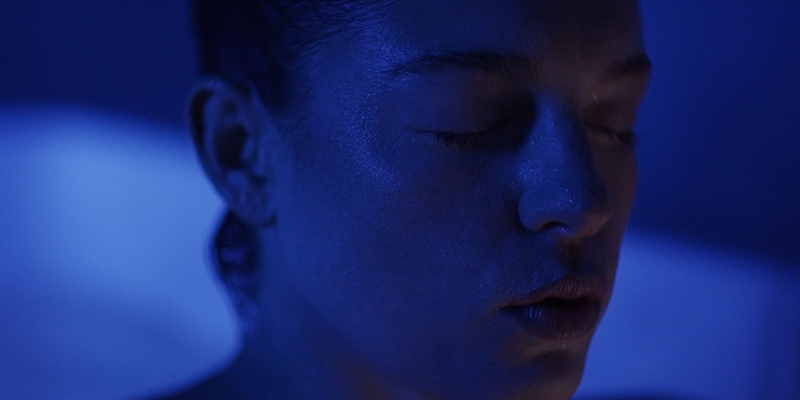Stepping into cold water might sound like a challenge at first, but more people are discovering how cold plunge therapy can help them reset, recharge, and feel more present in their bodies. Whether you're seeking better recovery after workouts, a calmer mind, or simply curious about natural methods to support your wellness, cold plunge therapy is a great place to start.
At Altered States Wellness, cold plunges are part of our contrast therapy suite. Paired with heat therapies like sauna or infrared sessions, it offers a way to awaken your senses and reconnect with your body through temperature-based stimulation.
What Is Cold Plunge Therapy?
Cold plunge therapy involves immersing the body—typically up to the neck—in cold water, often between 39°F to 55°F. The exposure usually lasts a few minutes, depending on your tolerance and experience level. Some use natural cold-water sources like rivers or lakes, while others rely on specially designed cold plunge tubs that maintain consistent temperatures and sanitation.
It's been around for centuries. From ancient Roman baths to Nordic ice baths, cultures across the world have used cold water exposure for restoration, circulation, and mental clarity. What’s changed today is the precision with which modern cold plunges can be controlled—making it safer, more accessible, and easier to incorporate into a wellness routine.
Why People Turn to Cold Plunges
Cold plunge therapy isn’t just a trend. Many people are drawn to it for how it makes them feel afterward—clear-headed, refreshed, and more resilient. It's not just physical either. The mental discipline it takes to stay in cold water teaches something valuable about your ability to be calm and steady under stress.
This practice can also serve as a natural energy boost. Rather than reaching for another coffee or pushing through fatigue, a cold plunge offers a non-stimulant way to feel more alert and grounded.
In recovery circles, athletes and everyday movers alike use it to complement their workouts. While research is ongoing, many report that plunging helps them bounce back faster after intense training sessions or stressful days.
Getting Started with Cold Plunge Therapy
If it’s your first time, ease in gradually. There's no need to rush or prove anything. Like most powerful wellness tools, it works best when approached with respect and consistency.
Start by familiarizing yourself with the water. It helps to splash your arms and face first, allowing your body to begin adjusting before full immersion. Step in slowly and find a steady rhythm with your breath. Long, slow inhales and controlled exhales signal safety to your nervous system and help prevent panic.
It’s completely normal for the body to react with a strong urge to get out within the first 30 seconds. That’s your sympathetic nervous system firing up. Stay calm, and focus on just staying for a short period—maybe 1 to 2 minutes at first. Over time, your tolerance will increase, and many regular users build up to 3 to 5 minutes comfortably.
Plunging after a hot sauna or heated therapy session can make the transition more manageable. The warmth from the heat primes the body, and the cold provides contrast that enhances circulation and sensory reset.
Safety and Considerations
Cold plunge therapy is not about extremes. More is not always better. Start slowly, listen closely to how your body responds, and never force yourself to stay in longer than you feel safe.
It’s important to check with your healthcare provider before starting cold exposure—especially if you have cardiovascular conditions, circulation disorders, or are pregnant. While many people tolerate it well, the shock of cold water can be intense for certain individuals, particularly if done unsupervised or without preparation.
Always plunge in a controlled environment. Professional facilities like Altered States Wellness maintain precise temperatures and provide guidance, which makes the experience safer and more approachable for beginners.
Avoid plunging alone. Even experienced cold therapy users know that it’s best to have someone nearby, just in case your body responds in an unexpected way. After your plunge, warm up gradually—don’t rush straight into hot water or a strenuous activity. Allow your body to come back to balance naturally.
Mental Benefits and Nervous System Reset
Cold plunge therapy isn't just physical. The effect on your mind and nervous system can be one of the most rewarding parts. Entering cold water is a conscious decision to meet discomfort with calmness. That experience can build resilience, focus, and self-awareness over time.
The immediate shock activates the body’s stress response—but staying in it helps retrain that response. This process, called hormetic stress, teaches your system how to better manage pressure and intensity.

Many report that regular plunging helps with mental clarity, mood stability, and a greater sense of control throughout the day. It’s not magic—it’s just a moment where your body learns to self-regulate, and that habit carries over into daily life.
The Role of Breathwork
Breathing is a key part of any cold plunge session. Fast, shallow breathing is common during the initial seconds, but shifting into deeper, slower breaths changes the entire experience.
Use a breathing technique like box breathing—inhale for 4 seconds, hold for 4, exhale for 4, hold for 4—or simply focus on steady inhales and long exhales. This keeps your nervous system from becoming overwhelmed and turns the session into a form of mindfulness.
Many people treat cold plunging as a meditative experience. It clears the mental clutter and brings you into your body. Over time, your response to stress off the mat—or outside the tub—can feel more manageable, too.
How Often Should You Do It?
Frequency depends on your goals and how your body responds. Beginners often start with 1 to 2 plunges per week and adjust based on recovery time and comfort level. Some go as often as daily, while others use it post-exercise or as part of a sauna-cold rotation.
Consistency builds benefits. You don’t need to plunge for long periods—just a few minutes on a regular basis can bring noticeable changes to energy levels, mood, and body awareness.
The key is tuning in. If you're feeling worn out, it's okay to skip a session. On days where your mind feels cloudy or your system feels sluggish, a short cold plunge might be the refresh you need.
What You Might Feel Afterward
After the initial shock, most people describe a warm, tingly sensation throughout the body—like blood is flowing more freely. Mentally, there’s often a sense of lightness, clarity, or even euphoria.
Some call it a “natural high.” That rush is from endorphins, increased circulation, and the powerful contrast between cold exposure and the comfort that follows. Your body did something challenging, and now it gets to rest in that accomplishment.
You may also sleep better the night after a plunge or feel more grounded during moments that would normally feel stressful.
Integrating Cold Plunges into Your Wellness Routine
Cold plunging pairs well with other recovery and relaxation practices. Saunas, red light therapy, and float therapy all complement it beautifully. When combined with contrast heat, it helps circulation and deepens the mind-body connection.
Scheduling cold plunges after movement sessions or on rest days adds variety to your wellness rhythm. Some like to do them first thing in the morning for a clean mental slate, while others prefer them in the evening to wind down and reset.
As with any wellness tool, the most important thing is how it fits into your life—not someone else's. If it supports your energy, focus, and recovery, it’s doing its job.
Final Thoughts
Cold plunge therapy isn't just about stepping into cold water—it's about showing up for yourself. It challenges your mind and body in small, intentional ways that can lead to bigger shifts over time.
Whether you’re just starting or looking to make it a regular ritual, the key is consistency, awareness, and patience. No single session defines your progress. Each one builds on the last, teaching your body and mind to feel more present, more awake, and more in control.
And when you're ready to try it in a safe, guided space, Altered States Wellness offers state-of-the-art cold plunge experiences as part of our contrast therapy programs. You're always welcome to start where you are.




